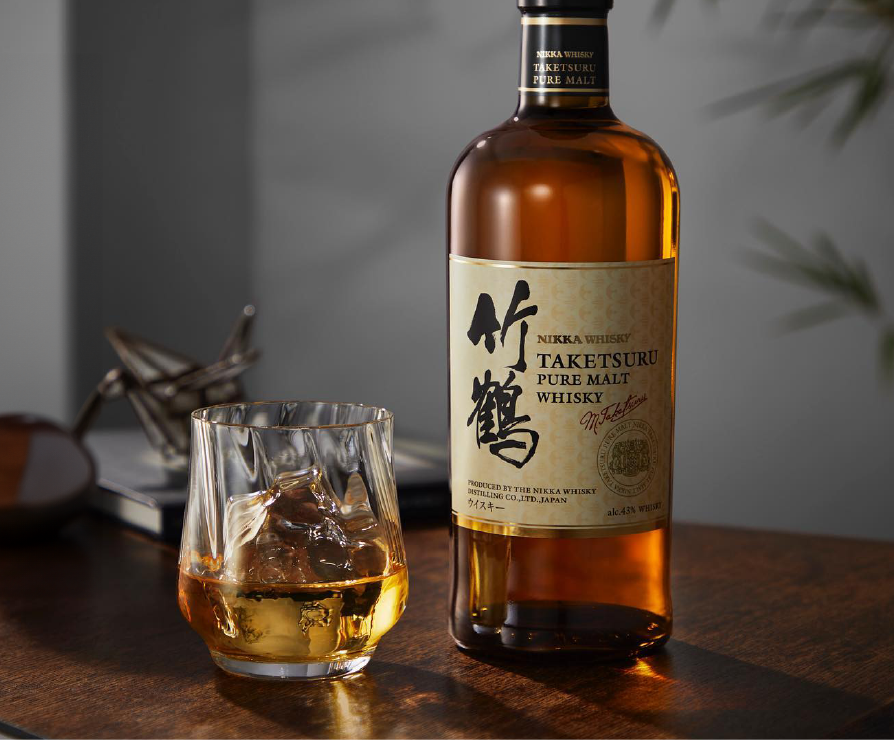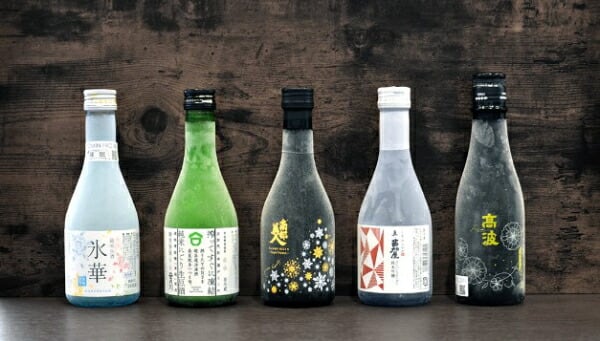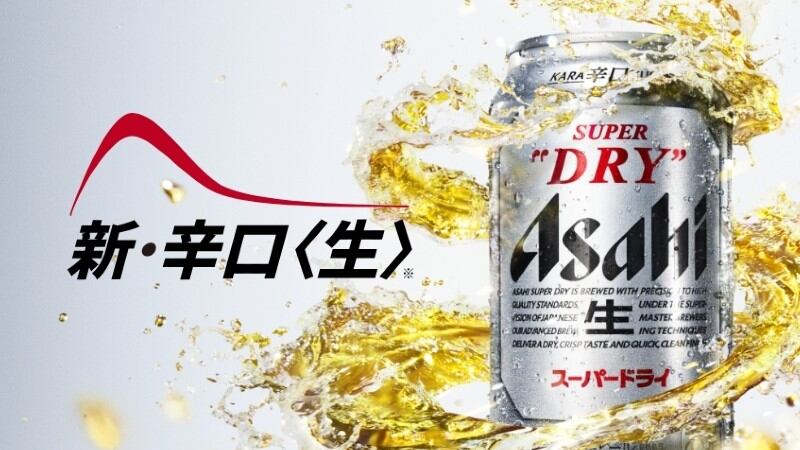Asahi’s core business has long been focused on beer products e.g. Asahi Super Dry and confectionery e.g. Mintia, but the firm believes it will increase long-term corporate value by building up ‘next-generation growth’ areas.
“Looking to the future, Asahi Group aims to position our Nikka Whisky brand as a driving force for the company’s long-term growth, by turning the brand’s 100-year anniversary in 2034 into a key milestone,” Asahi announced at its recent Business Strategy Conference.
“We will do this by increasing our production of unblended whiskey, optimising production systems and investing in marketing to promote long-term premiumisation and expansion of this portfolio.
“In Japan the focus will be on aggressive marketing of core whiskey brands, whereas on the global front we will focus on strengthening branding and expanding our international sales channels.”
Japan will also see a new initiative from Asahi focused on helping consumers to manage their daily water consumption, tapping vending machine and identification technologies for this new rollout.
“Asahi will start to pilot our new WATER BASE business in Japan - this is Japan’s first app-linked vending-style water dispenser,” the firm added.
“This will be equipped with functionalities such as ID management and dedicated bottles equipped with QR codes for smart unlocking.
“These are features to fulfil the needs of sustainability-conscious consumers, whilst also offering a new water consumption experience that enables them to monitor and manage their water intake.”
For its alcohol business under Asahi Breweries, there is also increased focus on opportunities in the low-to-no alcohol space as a major contender for long-term business growth.
“At present, we estimate that there are approximately 20 million frequent alcohol drinkers in our current main markets,” it added.
“But we need to also consider that there are another approximately 20 million occasional drinkers, and approximately 50 million non-alcohol drinkers out there in the consumer pool – this means another 70 million consumers for new business opportunities.
“What we are doing based on this understanding is try to create demand by pursuing different approaches for each type of consumer – this is where the innovation of products like our sugar-free non-alcohol Lemon Sour, Asahi Zero and zero-alcohol fruit beers came about.”
Up-and-coming young consumers
Asahi restructured its entire company structure last year, with its South Asia, South East Asia and Oceania businesses to be officially merged under the Asahi Beverages arm of the Asahi Group starting from April 2025.
“South Asia and South East Asia are expected to play a long-term strategic role in driving growth across the global beverages market – based on our data and projected growth rates for each region, by 2033 we expect South Asia to make up 10% of the global beverage market, and South East Asia to make up 9%,” he added.
“The population of South East Asia is growing and the region boasts a large number of young people so we see an opportunity to introduce our multi-beverage strategy in the region.
“It will take time for any measures to be reflected in profits, but we intend to increase the region’s operational scale in a manner which is sustainable.”
Under this business, low-to-no alcohol beverages are expected to play an important role due to the health and wellbeing trend that many young consumers are prioritising.
“Consumers are addressing their health by moderating sugar, calorie, and alcohol intake in their beverages,” Asahi stated.
“As such products that help in moderating alcohol and sugar consumption are increasingly important – in Oceania we have seen stronger growth of mid-strength beer ahead of full-strength beer, and one in two consumers are seeking low sugar beverage options.
“There have also been a lot of demographic changes in Australia and New Zealand, with much greater population diversity and culture – over 25% of people here were born overseas.
“Australia saw some 480,000 migrant arrivals per annum between 2020 and 2024, and migrants on average consume less alcohol than local consumers, so there have undoubtedly been many evolving tastes and preferences in this market to keep up with.”




